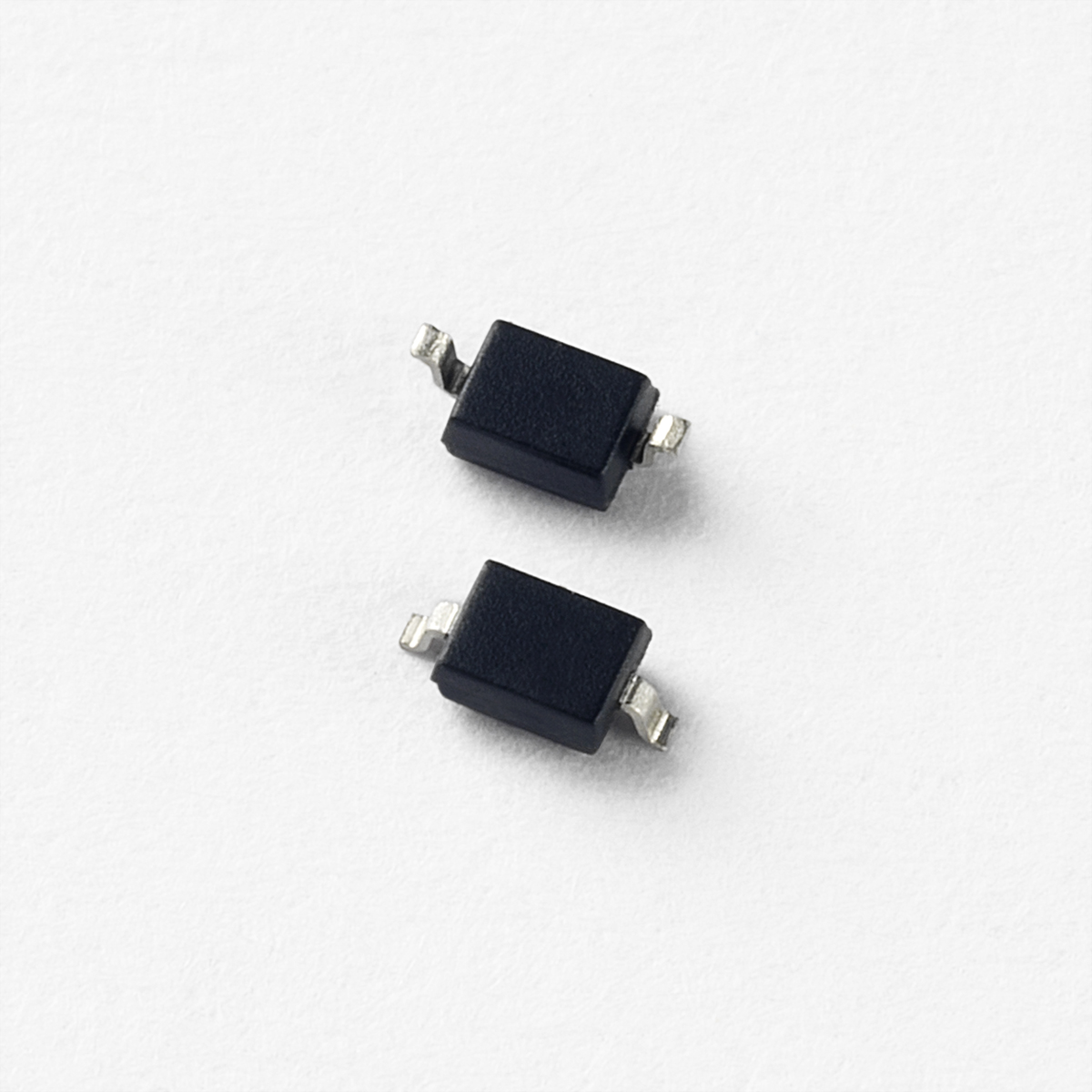

TVS Diode Array SP4208 Image
Littelfuse has introduced a series of AEC-Q101-qualified TVS Diode Arrays optimized to protect sensitive telecommunication ports against electrostatic discharge (ESD) and lightning-induced surge events. SP4208 Series TVS Diode Arrays (SPA® Diodes) integrate low capacitance steering diodes with either one avalanche breakdown diode (for unidirectional protection) or two (for bidirectional protection). They can safely absorb up to 30A of surge current and a minimum of ±30kV ESD without performance degradation. Their low loading capacitance (3.0pF) and high surge capability make them well-suited for protecting telecommunication ports such as Ethernet and other high-speed data interfaces.
Typical applications for SP4208 Series TVS Diode Arrays include:
• 10/100/1000 Ethernet;
• T1/E1/T3/E3;
• USB 1.1/2.0, power ports;
• Instrumentation;
• Medical equipment; and
• Computers and peripherals.
“The SP4208 Series TVS Diode Arrays combine a standoff voltage of 8V with a low dynamic resistance, which supports those implementations of G.Fast that run at higher voltages,” said Tim Micun Business Development Manager, TVS Diode Arrays (SPA® Diodes) at Littelfuse. “Their ‘flow-through’ design minimizes signal distortion, reduces voltage overshoot, and allows for a simpler printed circuit design.”
SP4208 Series TVS Diode Arrays offer these key benefits:
• The 8V nominal standoff voltage permits a higher operating voltage, which is an increasingly important consideration for high speed interfaces;
• Low parasitic capacitance (nominally 3.0pF) allows for an appropriate amount of bandwidth to enable high speed Ethernet interfaces; and
• Extremely low dynamic resistance (nominally 0.4Ω) helps to ensure the fastest response during an ESD event.
Availability
SP4208 Series TVS Diode Arrays are available in SOD323 packaging in tape and reel format in quantities of 3,000.
Print this page